Scientists report the first observations of an animal using medicinal plants to treat a wound in the wild.
This may be a form of self-medication to reduce pain and inflammation and support wound healing.The wild Sumatran orangutans of the Suaq Balimbing research area in Gunung Leuser National Park, Indonesia, have been the subjects of ongoing observational studies since 1994. But these great apes are still full of surprises., researchers describe how a male orangutan chewed the leaves of a plant used in traditional medicine and applied them to a wound on his cheek.
Over the following days, there were no signs of infection. The wound closed within five days and was healed, with only a faint scar remaining after one month.in Germany. “He precisely applied the plant matter to his wound several times over a prolonged period. He selectively treated his wound and not any other body parts.”Rakus also chose a plant full of healing chemical compounds.
Laumer and colleagues do not know how or where this behavior originated. It is possible that Rakus stumbled upon it through accidental individual—perhaps he inadvertently touched a wound while feeding on Akar Kuning and experienced its potent analgesic effects, causing him to repeat the behavior. It is also possible that Rakus previously learned the behavior from other orangutans in the region where he was born, outside of Suaq Balimbing.
The researchers also note that they have never observed other orangutans at Suaq Balimbing using Akar Kuning to treat their wounds. However, this could partly be because physical fights between orangutans are rare in the area. Suaq Balimbing is characterized by high food availability, high levels of social tolerance between orangutans, and relatively stable social hierarchies, all of which mean the researchers rarely encounter injured individuals.
“It seems that forms of active wound treatment are present not just in humans, but also possibly in the African apes—the chimpanzees that treat wounds with flies—and in Asian great apes, the Sumatran orangutans,” says Laumer. “Therefore, there may be a common underlying mechanism for recognizing and applying substances with medicinal properties. It is possible that our last common ancestor already showed similar forms of this wound treatment behavior.
United Kingdom Latest News, United Kingdom Headlines
Similar News:You can also read news stories similar to this one that we have collected from other news sources.
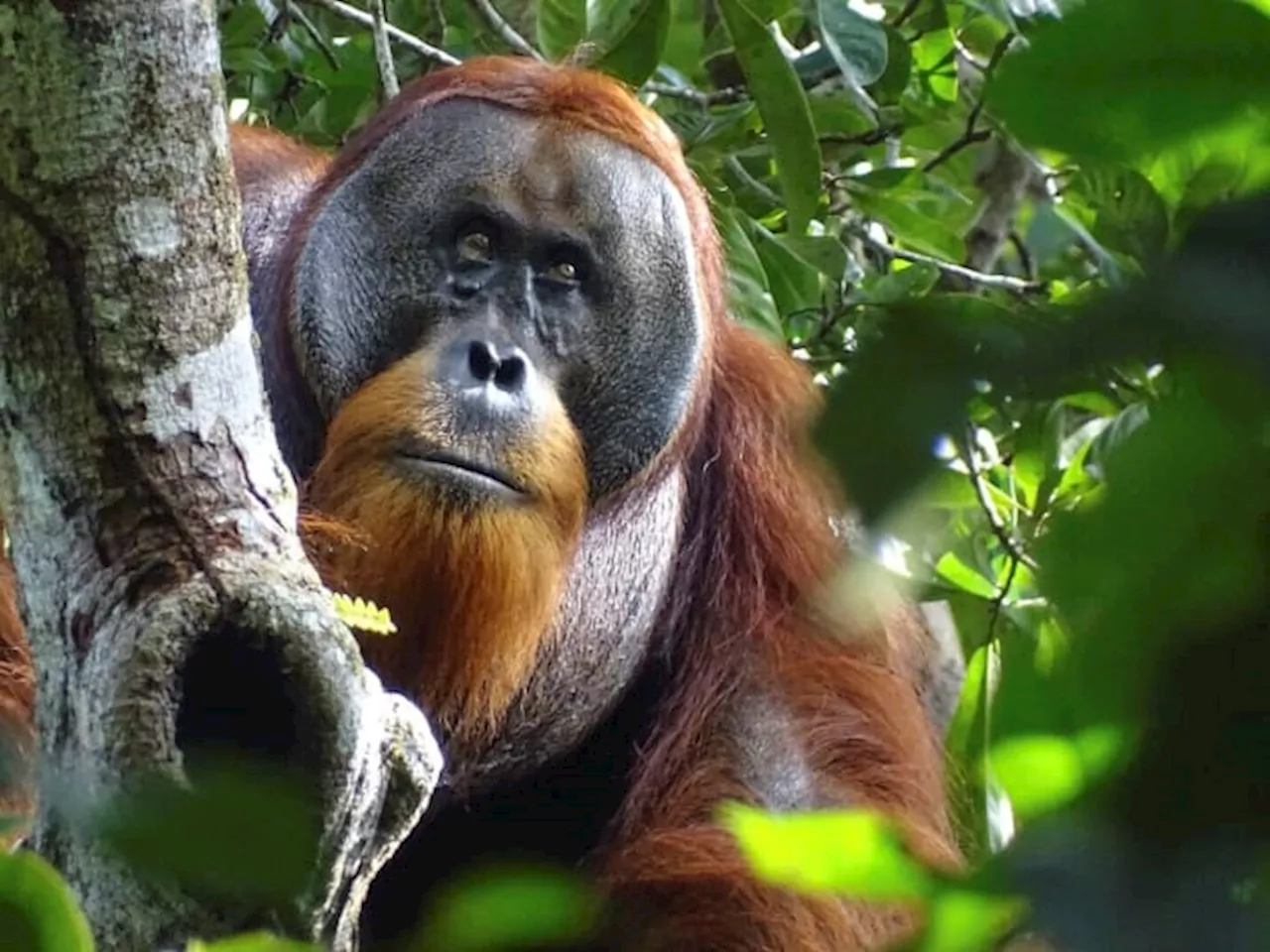 A wild orangutan used a medicinal plant to treat a wound, scientists sayResearchers say an orangutan appeared to treat a wound with medicine from a tropical plant.
A wild orangutan used a medicinal plant to treat a wound, scientists sayResearchers say an orangutan appeared to treat a wound with medicine from a tropical plant.
Read more »
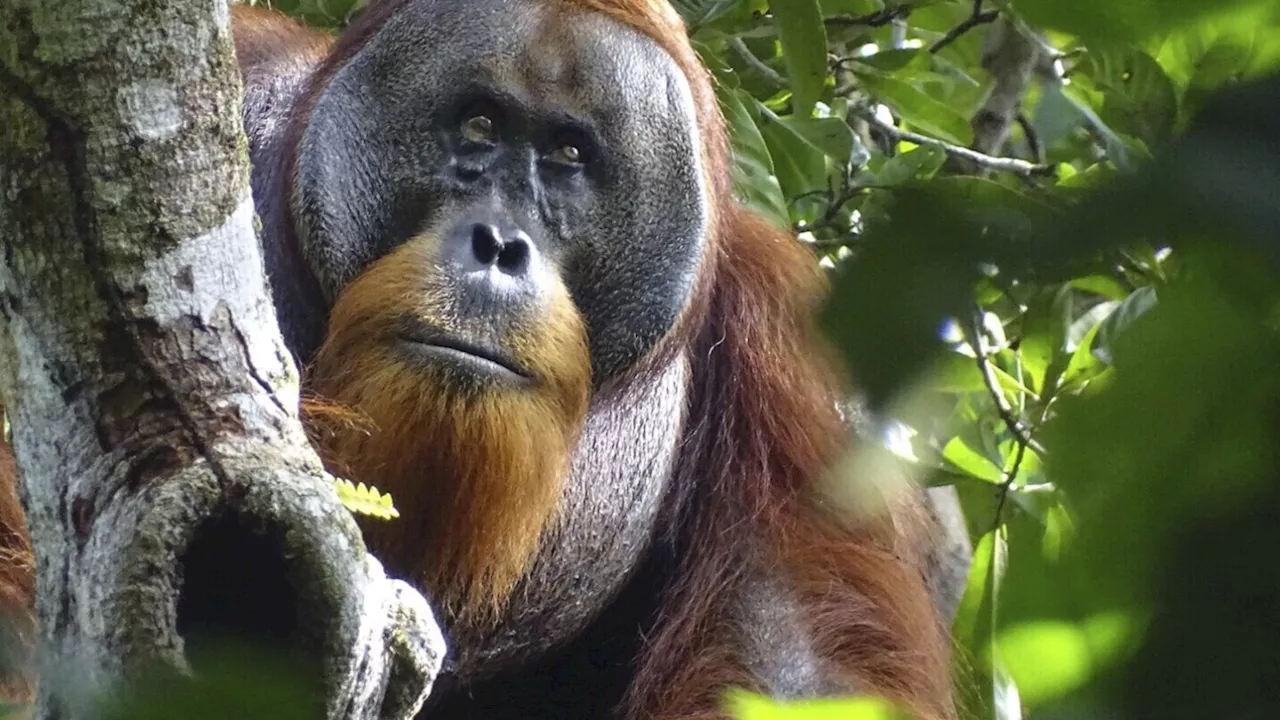 A wild orangutan used a medicinal plant to treat a wound, scientists sayResearchers say an orangutan appeared to treat a wound with medicine from a tropical plant. It's the latest example of how some animals attempt to soothe their own ills with remedies found in the wild.
A wild orangutan used a medicinal plant to treat a wound, scientists sayResearchers say an orangutan appeared to treat a wound with medicine from a tropical plant. It's the latest example of how some animals attempt to soothe their own ills with remedies found in the wild.
Read more »
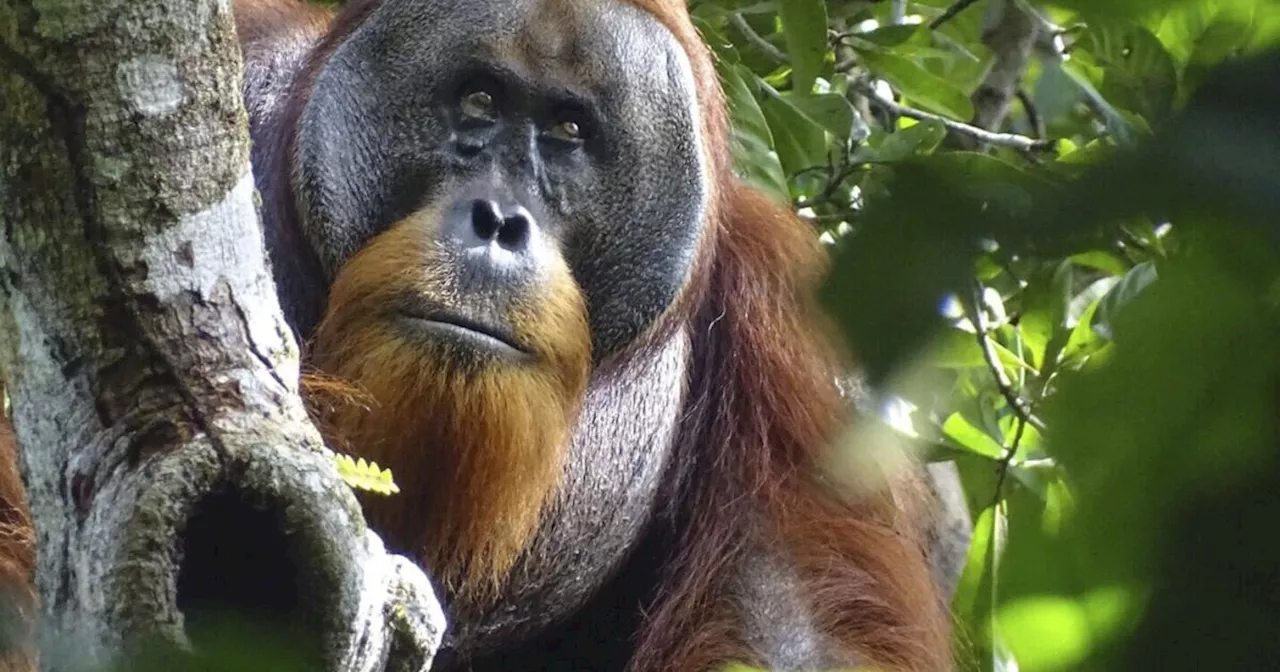 A wild orangutan used a medicinal plant to treat a wound, scientists sayResearchers say an orangutan appeared to treat a wound with medicine from a tropical plant
A wild orangutan used a medicinal plant to treat a wound, scientists sayResearchers say an orangutan appeared to treat a wound with medicine from a tropical plant
Read more »
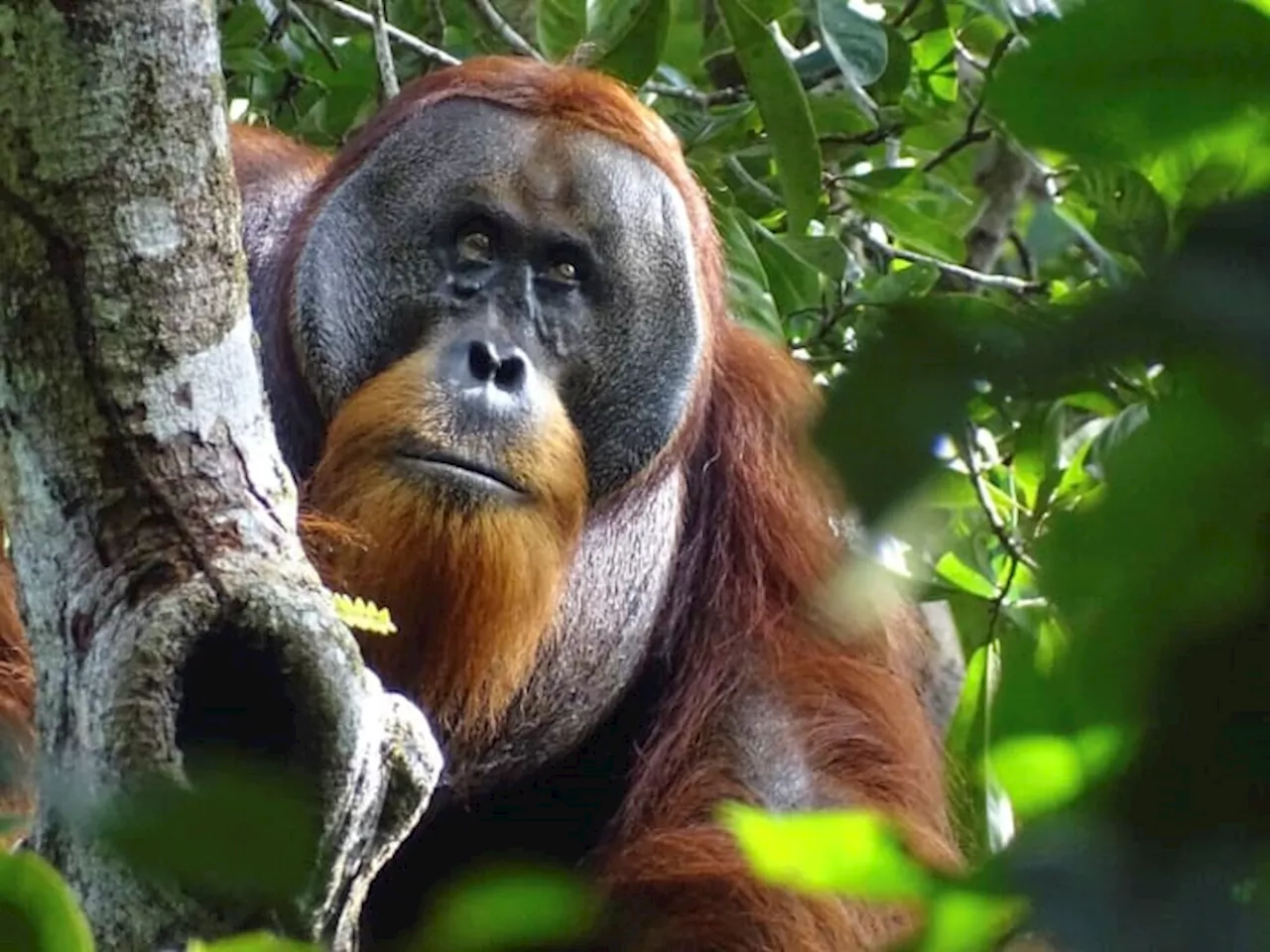 A wild orangutan used a medicinal plant to treat a wound, scientists sayResearchers say an orangutan appeared to treat a wound with medicine from a tropical plant.
A wild orangutan used a medicinal plant to treat a wound, scientists sayResearchers say an orangutan appeared to treat a wound with medicine from a tropical plant.
Read more »
 Researchers detect toxic chemicals in aquatic organisms with new AI methodSwedish researchers at Chalmers University of Technology and the University of Gothenburg have developed an AI method that improves the identification of toxic chemicals—based solely on knowledge of the molecular structure.
Researchers detect toxic chemicals in aquatic organisms with new AI methodSwedish researchers at Chalmers University of Technology and the University of Gothenburg have developed an AI method that improves the identification of toxic chemicals—based solely on knowledge of the molecular structure.
Read more »
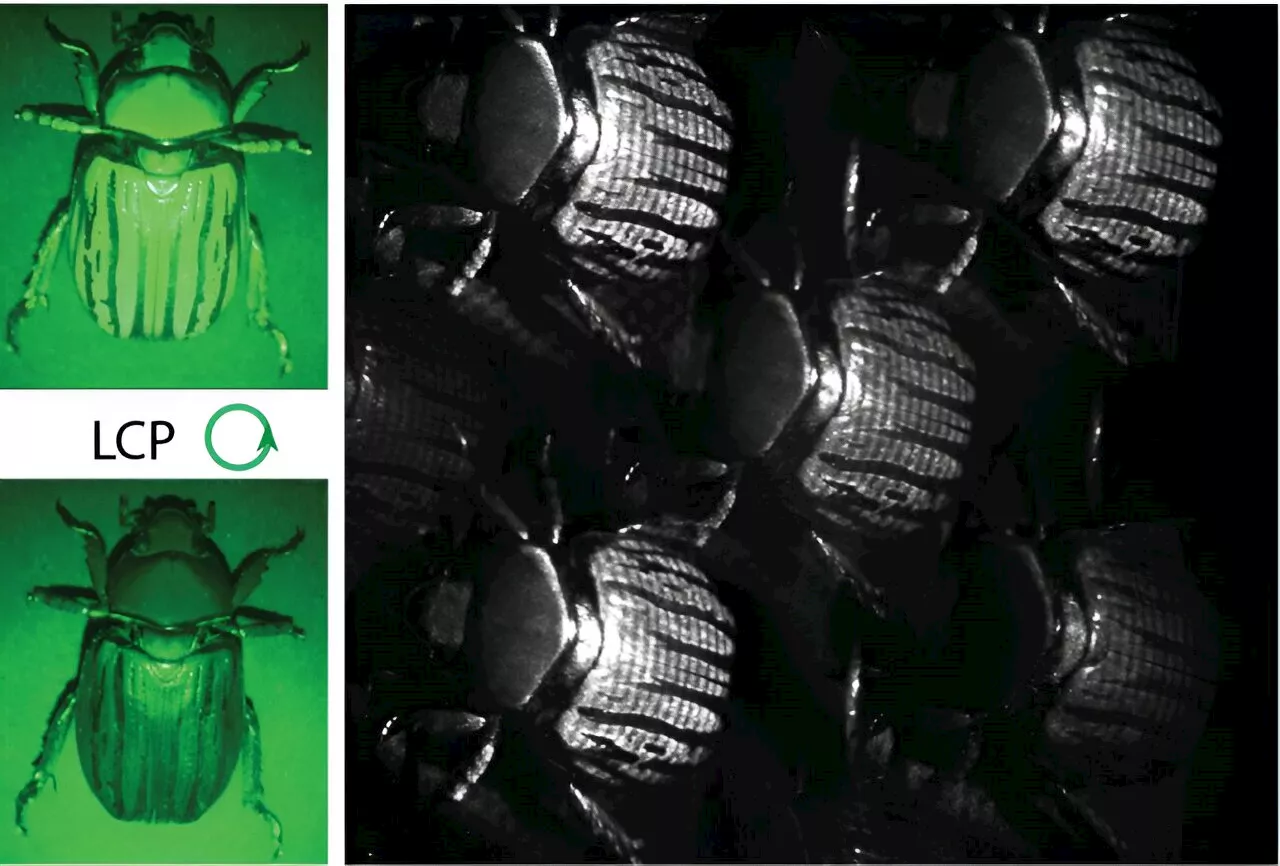 Researchers unveil single-shot and complete polarization imaging system using metasurfacesThink of all the information we get based on how an object interacts with wavelengths of light—aka color. Color can tell us if food is safe to eat or if a piece of metal is hot. Color is an important diagnostic tool in medicine, helping practitioners diagnose diseased tissue, inflammation, or problems in blood flow.
Researchers unveil single-shot and complete polarization imaging system using metasurfacesThink of all the information we get based on how an object interacts with wavelengths of light—aka color. Color can tell us if food is safe to eat or if a piece of metal is hot. Color is an important diagnostic tool in medicine, helping practitioners diagnose diseased tissue, inflammation, or problems in blood flow.
Read more »
